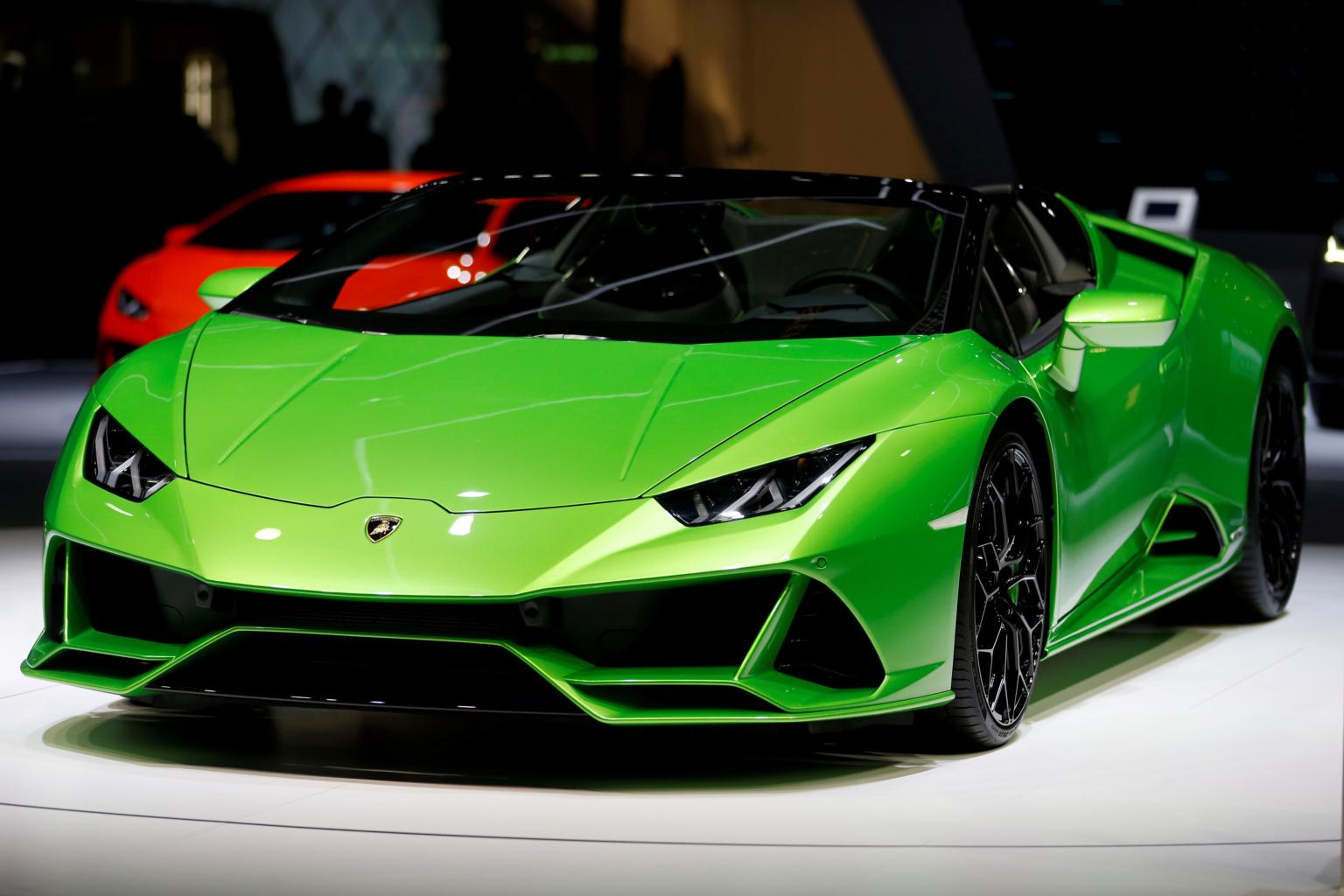Torque Shop: Does a sports car have to idle before being driven?
Sign up now: Get ST's newsletters delivered to your inbox

Modern engine lubricants leave a film of protection over critical engine parts.
PHOTO: REUTERS
Follow topic:
Our neighbour owns a Lamborghini. When starting the car, he revs up the engine for a few seconds and lets it idle for five minutes or longer before driving off. Is this appropriate? During a cold start, all fuel-injected cars - and even some old carburreted models with automatic chokes - will start up and run at higher than normal idle revs.
At the instant the engine fires up, the revs could be higher before settling at the fast-idle speed. And sports cars, which usually have bigger engines, sound louder especially on a quiet morning. It is the engine management system of the Lamborghini that raises the revs every morning.
But your question on whether the car needs to idle for five minutes before it can be driven is pertinent.
Years ago, when engine and lubricant technologies were not as advanced, warming up a car was a good idea. This is because when the engine is at rest, much of the engine oil goes back into the oil sump. Not much lubrication is left on the moving parts that experience wear and tear. Therefore, warming up a car was needed to get the oil circulating and lubricating again.
Today's new cars no longer need this step. The owner's manual would likely instruct one to drive off immediately in a smooth, gentle manner. Modern engine lubricants leave a film of protection over critical engine parts. So, even if the bulk of the motor oil is back in the sump, parts are never left bare.
If your neighbour insists on letting his car's engine idle, he is wasting fuel and needlessly polluting the environment. In future, when sports cars transition to becoming electric, this will no longer be an issue.

